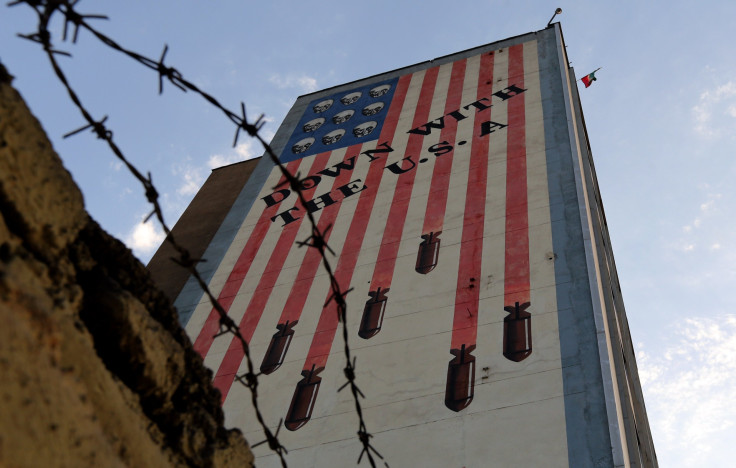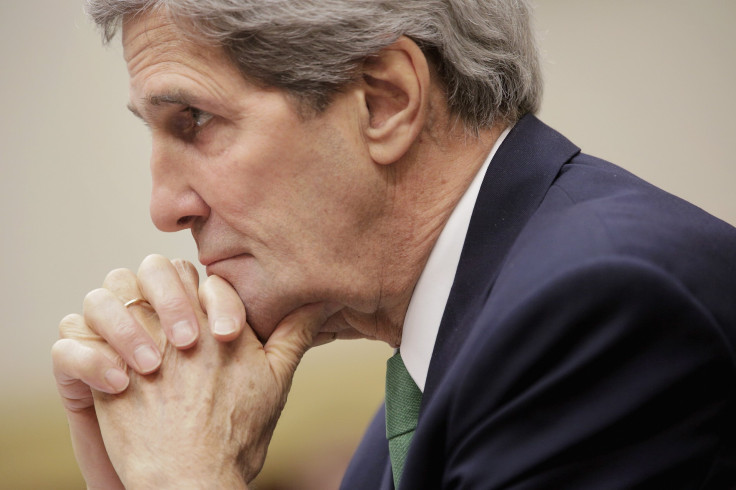Iran Nuclear Bomb: How Much Nuclear Capacity Does Tehran Already Have?

Iran and six world powers -- the U.S., Russia, the U.K., Germany, France, and China -- came to an historic agreement Tuesday that ended 12 years of sanctions in exchange for Iran's promise to reduce its arsenal of enhanced uranium by 98 percent and to limit its nuclear capacity. Some politicians lauded the agreement as an important step for diplomatic relations between Iran and the West, while others fretted over the consequences of an Iran with nuclear capabilities.
Nuclear technology has been around for more than 70 years, and reports from the past decade show that regardless of sanctions, Iran has reportedly been building up its nuclear arsenal for years. The arms deal reached Tuesday was aimed at promoting peace and preventing nuclear armament, though some reports from the past six years demonstrate that regardless of sanctions, Iran has had nuclear capacities for many years, including the ability to produce a nuclear bomb.
Iran needed only two months to produce enough fissile material for a nuclear weapon, Secretary of State John Kerry testified at a Senate Foreign Relations Committee in April 2014, acccording to Reuters. Kerry said that this capability was common knowledge, though he also clarified that it would take Iran two months to produce enough material for a bomb, not the entire bomb itself.

A report published as early as June 2009 in the New York Times by the International Atomic Energy Agency (IAEA) stated that Iran had increased the number of its centrifuges to 7,200, meaning that Iran could produce two nuclear weapons a year, according to weapons experts. During their examination of Iranian facilities, authorities from the IAEA were not allowed to inspect a heavy-water reactor, one of the machines that can be converted to create plutonium for nuclear weapons. The installation of the centrifuges represented a significant acceleration of Iran's nuclear program as well as a 30 percent increase in centrifuge construction since February of that year.
In September 2010, a dissident group that had already successively identified secret nuclear facilities in Iran claimed to have found an underground uranium enrichment plant, the New York Times reported. These reports were never confirmed.
The website Iran Watch of the Wisconsin Project on Nuclear Arms Control, a Washington, D.C, nonprofit research group, updated its findings on Iran's nuclear timetable in June. Their report found that Iran had enough uranium in its stockpile to fuel eight nuclear warheads or 25 first-generation implosion bombs. Iran Watch also confirmed John Kerry's estimate that Iran's "break-out window" for Iran's nuclear weapons production was two months, given that Iran had 9,000 centrifuges in operation. The report also noted that uranium needs to be enriched in order to be weapons-grade and that some of the uranium in the stockpile could go towards civilian operations, such as nuclear fuel.
The nuclear deal reached on Tuesday will need to be approved by Congress before it goes into effect.
© Copyright IBTimes 2024. All rights reserved.





















